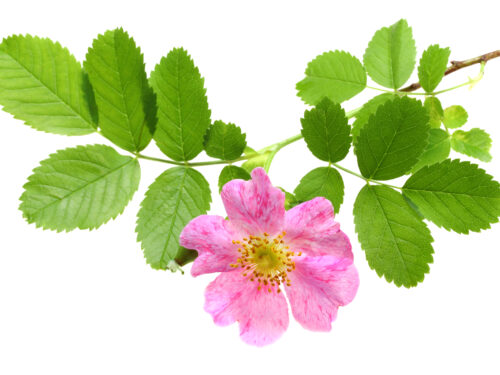
 Our kids often hear us saying: It’s the month Shawwal, we better do fasting, tomorrow is the first day of the new Hijri year, let’s cook something fancy and share, here comes the holy three months, we should start getting ready for Ramadan. We know what is Hijri calendar and what should we do when, but it may sound complicated for kids considering they are still struggling with the common calendars and dates -even the time and clocks for some. So how can we tell them about the Hijri calendar in a simple and clear way?
Our kids often hear us saying: It’s the month Shawwal, we better do fasting, tomorrow is the first day of the new Hijri year, let’s cook something fancy and share, here comes the holy three months, we should start getting ready for Ramadan. We know what is Hijri calendar and what should we do when, but it may sound complicated for kids considering they are still struggling with the common calendars and dates -even the time and clocks for some. So how can we tell them about the Hijri calendar in a simple and clear way?
1) It’s better we start telling our kids about the Hijri calendar with the starting point, that is Hijrah of our Prophet Muhammad (PBUH) from the city of Makkah to the city of Al Madina in 622 AD. We can benefit from many books, cartoons, hadiths, and stories to explain it truly.
2) Then we can mention who created this calendar, Khalifat Umar. Hijri calendar is made up of 12 months and based on the cycle of the moon. The full crescent moon is considered the beginning and end of each month.
3) There are many sayings and stories about the Hijri calendar but we can simply tell our kids the story of the circumstances and time that it started being used. Before the Hijri calendar came into use, Muslims used to take the year in which Prophet Muhammad was born as the beginning. but since the exact time of our Prophet’s birth date is not clear, this situation led to conflicts. The scholars got together with the leadership of Khalifa Umar. After all the discussions, Klalifa Umar announced that the year in which the Prophet Mohammad migrated would mark the beginning of the Hijri calendar. The calendar would begin with the first of the month of Muharram and end with the month of Dhu Al Hajj. Consequently, 622 AD (the year of the Prophet’s migration) became the first year in the Hijiri calendar.
4) Lastly, the Hijri months and the facts that we need to know about them can be mentioned.
1.Muharram: One of the Sacred Months, it is the first month of the Hijri year, given its name (Forbidden) because fighting is forbidden during it
- Safar: The second month in the Hijri year, apparently named Safar because Arabs used to loot the houses of their enemies after defeating them in battle, leaving nothing (zero) behind.
3-4. Rabi Al Awwal and Rabi Al Akhar: These two months coincided with the spring, as well as coinciding with a period when those victorious in war could enjoy their new possessions, seized in the previous month of Safar.
5-6. Jumada Al Ula and Jumada Al Akhira: Coinciding with the winter season, these two months were named because of the water freezing.
- Rajab: Means respect and honor.
- Sha’aban: Apparently named for the crossings or journeys the Arabs undertook in search of water whilst going to war. Sha’aban follows a month of abstinence from violence during the previous month of Rajab.
- Ramadan: Named for the high temperatures caused by the summer sun and, it is the traditional fasting month for Muslims.
- Shawwal: Due to being the seasonal birthing season for camels, which would normally raise their tails in this season.
- Dhu Al Qaeda: Named after the Arabic word for ‘sitting’, Dhu Al Qaeda is a holy month where Muslims must ‘sit out’ or abstain from war (although it is permissible to defend themselves if attacked)
- Dhu Al-Hajj: The last month of Hijri Year, during which the Hajj pilgrimage occurs.
To sum up, The Hijri calendar is based on lunar movements, and it is officially created during the reign of Khalifa Umar. The Prophet’s migration in 622 AD marks the beginning of the Hijri year and gives the calendar its name.











Adell Bruce
Greetings! Very useful advice within this post! It’s the little changes which will make
the greatest changes. Thanks a lot for sharing!
Stan Alt
Hi, after reading this amazing paragraph i am also happy to share my knowledge
here with friends.